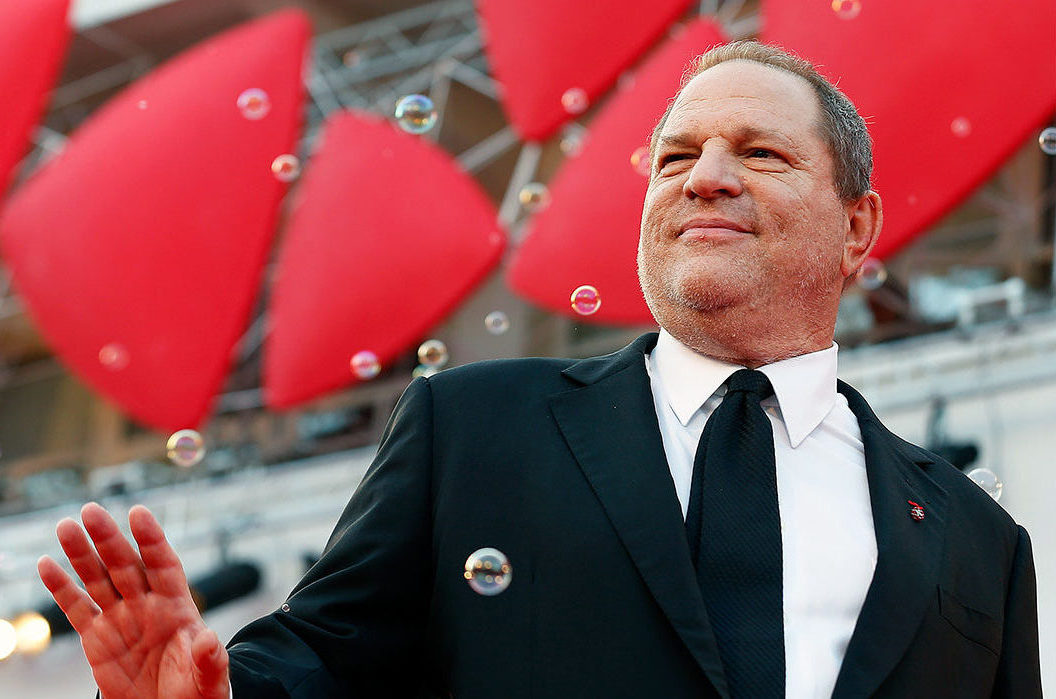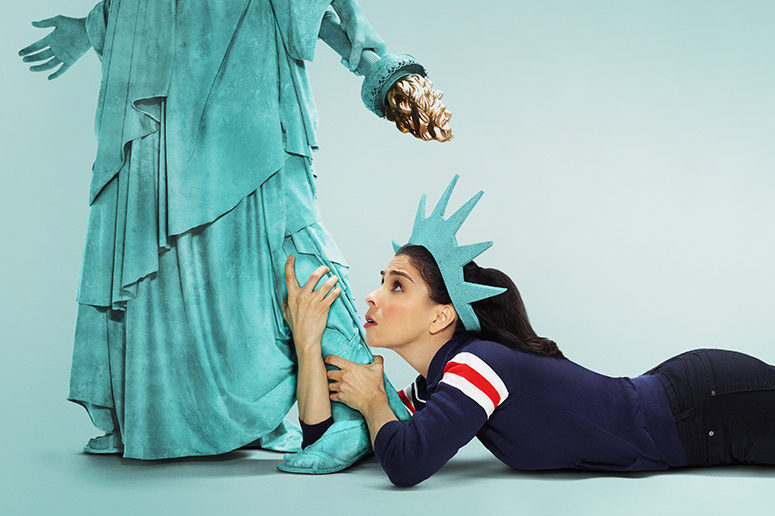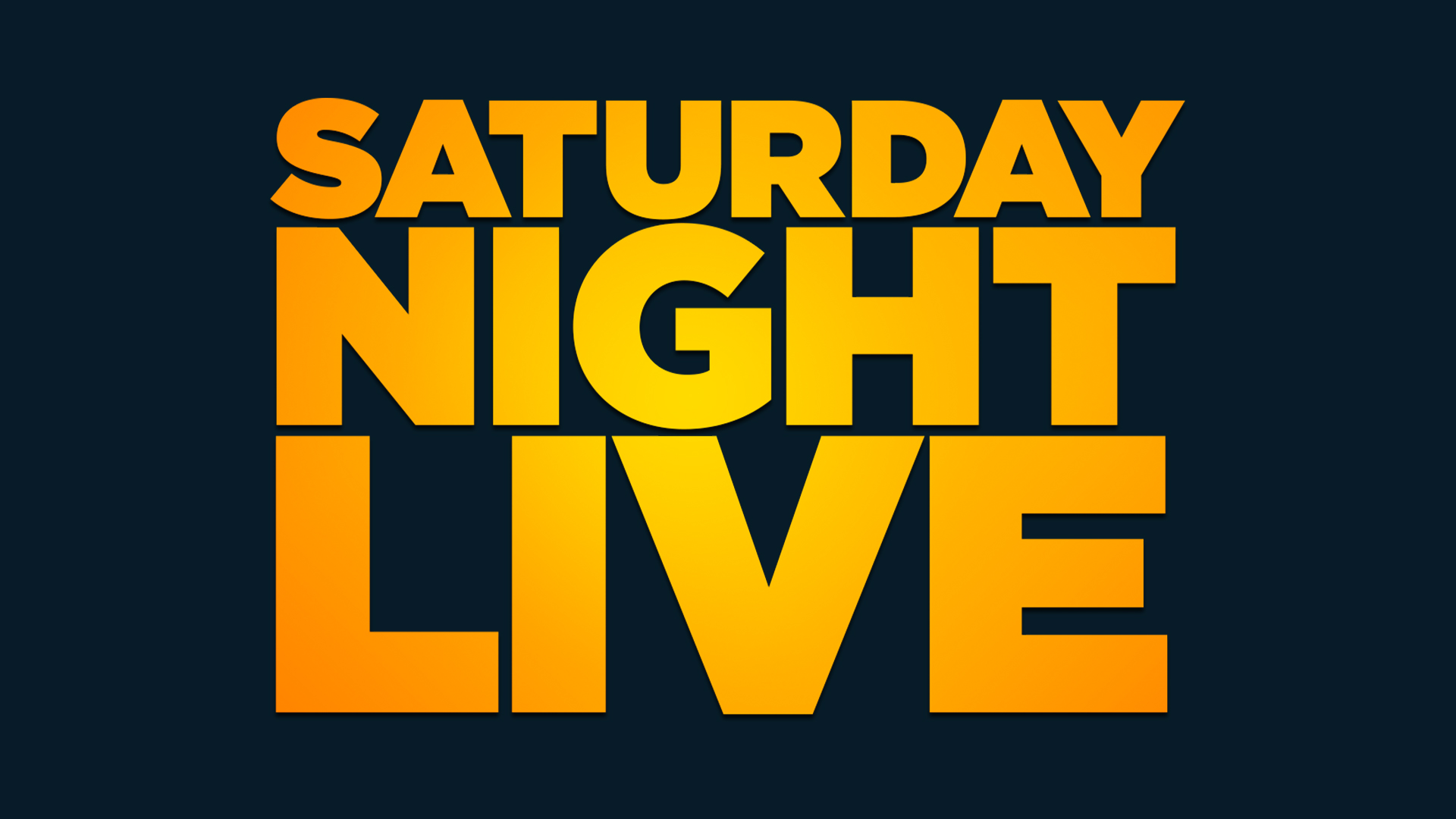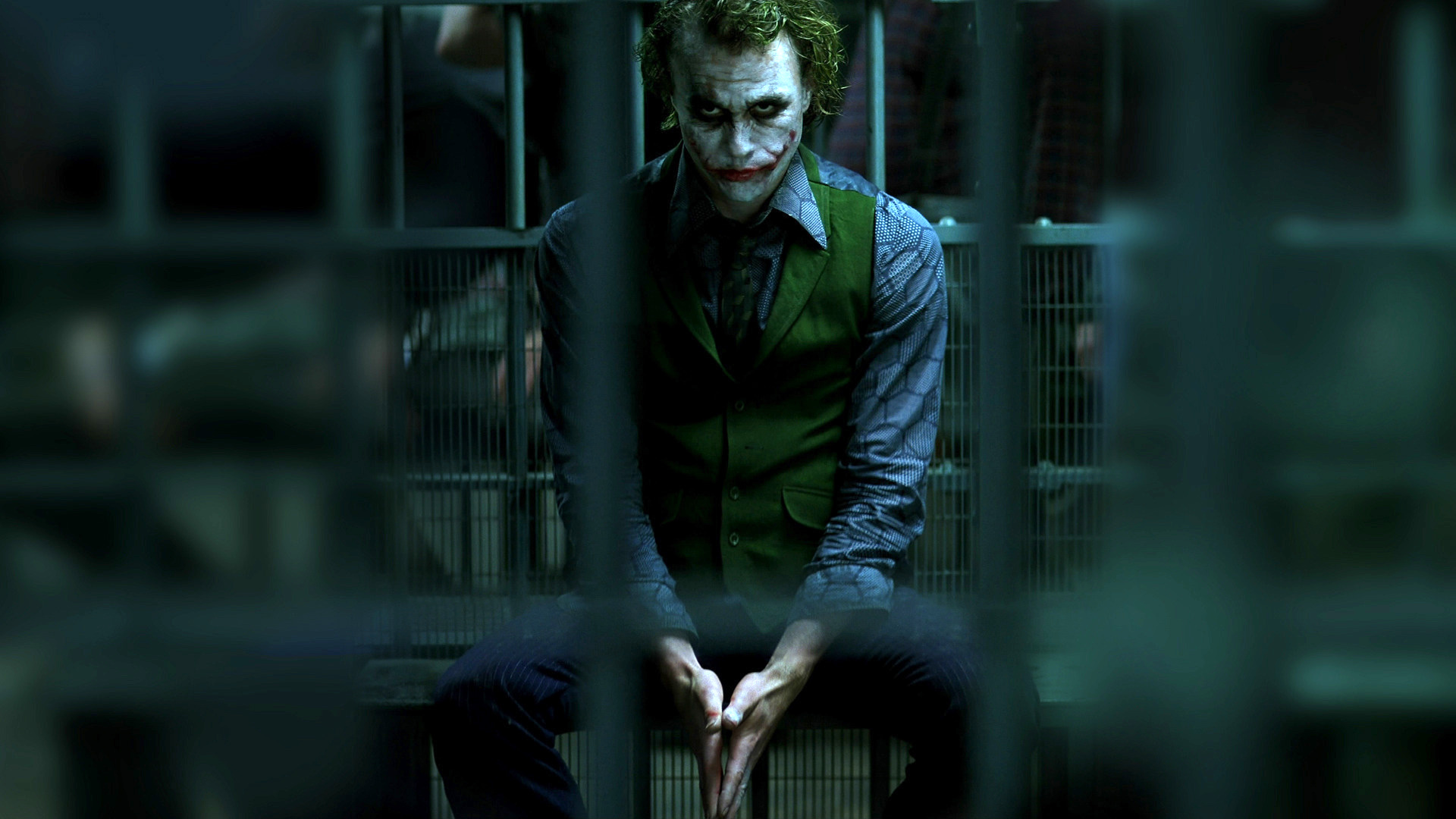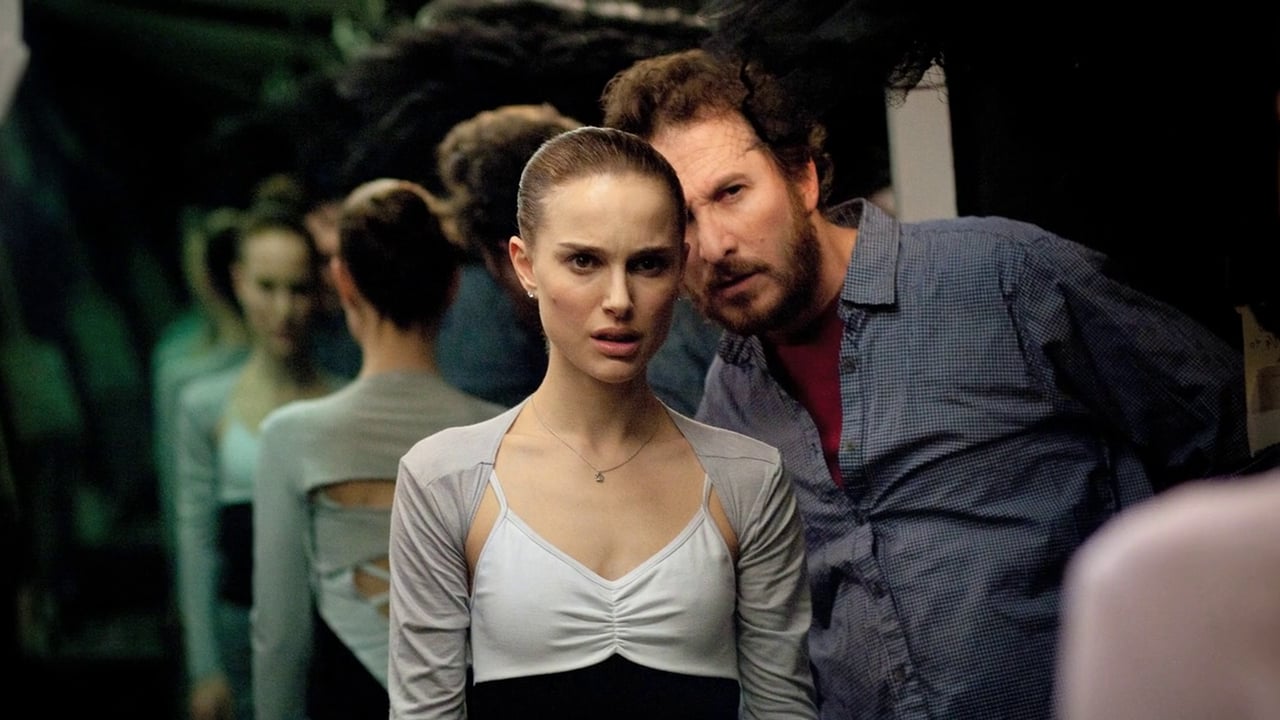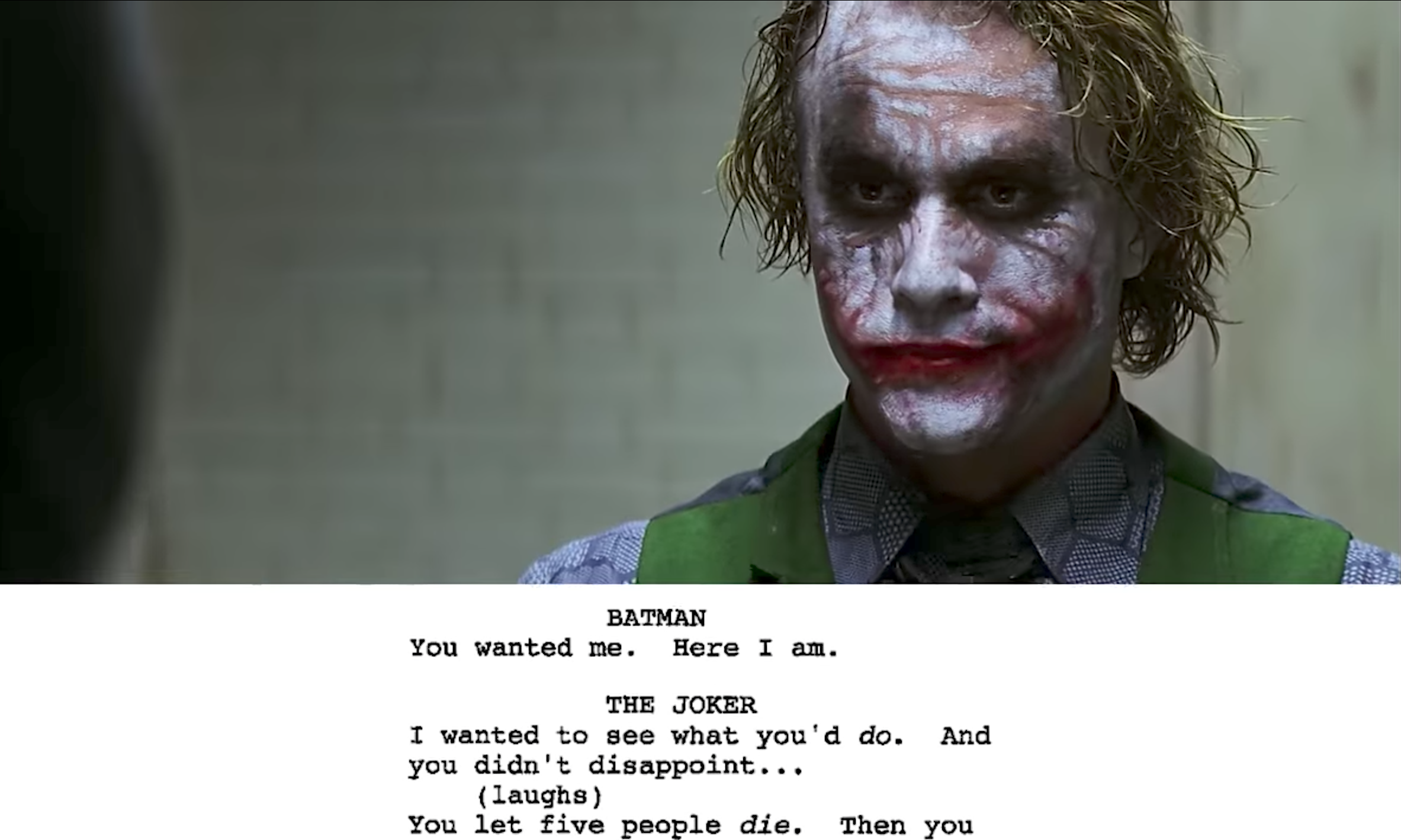
(Re)Discover 5 Great Movie Scenes From Script to Screen
When watching a movie in theatre or at home, it’s easy to forget that it was once just words on paper – the first and most crucial stage of filmmaking. Without screenwriters, films would never be born. And without their crafts, directors wouldn’t get the blueprints that will become the foundation for their artistic vision.
The production company Legendary Entertainment, which has co-produced and co-financed renowned films like Steve Jobs, Jurassic World, and Interstellar with Warner Bros. and Universal for years, knows this well. That’s why it decided to offer audiences a new, insightful angle on famous movie scenes by integrating a look at their original scripts as they unfold.
Even though you might have already come across some of these videos on the internet or social media, we thought we would gather the best sequences in one place so that you can enjoy, analyze, and learn how great feature films really come to life, from page to screen.
Interstellar – Written by Jonathan and Christopher Nolan (2014)
In this scene, Dr. Brand (Anne Hathaway) experiences the first handshake with “them”.
What’s fascinating about this video clip is that it demonstrates how a sequence set in space (an environment few people are accustomed to, which can lead to very abstract interpretations) is written before it is visually translated for the screen. Here, it’s obvious that the Nolan brothers already had a graphic conception of the scene before, or while, they drafted the script for Interstellar.
Interesting fact: Steven Spielberg hired Jonathan Nolan to write Interstellar, which he hoped to direct after Lincoln. Nolan worked on the screenplay for 4 years, studying relativity at the California Institute of Technology. His brother Christopher Nolan joined the project later on and made quite a few changes to the story before eventually directing the movie. (If you’re curious, you can read the differences between the Spielberg-developed script and Nolan’s version, here.)
Godzilla – Written by Max Borenstein (2014)
Joe Brody (Bryan Cranston) demands answers while held in confinement.
Aside from Bryan Cranston’s superb performance, the video reveals how much dialogues can be amended before they’re actually acted. Screenplays often go through a lot of editing and trimming before they are fully green-lighted, which is why, if you’ve ran into original scripts online, you’ve probably noticed a few scenes are missing or have been added, and dialogues and descriptions don’t always exactly match what’s on screen. This can be the result of a need to cut footage or delete inessential elements as the movie or filming schedule took too long, or simply the realization onset that a scene simply didn’t sound right once performed, and therefore required alterations.
Interesting fact: Jonathan Nolan, Drew Pearce, and Frank Darabont all helped in “polishing” the movie’s script. It’s also said that one particular scene from Darabont’s rewrite convinced Bryan Cranston and Juliette Binoche to join the production.
The Dark Knight – Written by Jonathan and Christopher Nolan (2008)
The famous interrogation scene performed by Heath Ledger and Christian Bale, in which Batman finally has a face-to-face with the evil Joker.
Central to the movie, this scene offers, through simply dialogues, a look at 2 adversaries trying to define each other as well as themselves, and how much a point of view can vary depending on the character, while making his wants and needs more intelligible to the audience.
Interesting fact: Christopher Nolan asked his brother Jonathan to watch Fritz Lang’s 1933 crime film The Testament of Dr. Mabuse before creating the Joker, as he considered the movie “essential research for anyone attempting to write a super-villain.” The brothers also chose not to unveil the Joker’s origin story, opting instead for a “fully formed” character because the narrative’s arc was much more Harvey Dent’s (Aaron Eckhart).
Kong: Skull Island – Written by Dan Gilroy, Max Borenstein, and Derek Connolly (2017)
British Special Air Service Captain James Conrad (Tom Hiddleston) is offered to guide an expedition to map out the recently discovered territory known as Skull Island.
This scene demonstrates the essential part of introducing a lead character well. This is the first time we meet Conrad, whose personality and motivations need to be subtly, fast, and clearly conveyed. Not only does the conversation between him and William Randa (John Goodman) as well as geologist Houston Brooks (Corey Hawkins) leads us to understand this guy knows what he’s talking about, it also sets an atmosphere of terrible danger for what’s to come throughout the rest of the movie.
Interesting fact: Max Borenstein, who wrote 2014’s Godzilla, is behind the first draft of Kong: Skull Island for a good reason. The film was meant to introduce Kong in a universe where Godzilla and him could face each other, seeking continuity between both of their worlds in order to make a King Kong – Godzilla crossover movie in the future. Borenstein admitted he was influenced by Francis Ford Coppola’s Apocalypse Now while writing.
Inception – Written by Christopher Nolan (2010)
Dom Cobb (Leonardo DiCaprio) makes Ariadne (Ellen Page) realize she’s in a dream as they drink coffee in the streets of Paris.
Another great example of scene description! While reading Inception‘s original screenplay, we discover that a lot of the visual composition of a sequence is left to the director’s vision, making it clear that not every graphic detail appears in a movie’s script.
Interesting fact: Nolan worked on the screenplay for 10 years. He first pitched the film to Warner Bros. in 2001 but was turned down because the studio felt that he needed more experience making “large-scale” films. After directing Batman Begins and The Dark Knight, he was finally able to start the project he figured needed a bigger budget than expected. “As soon as you’re talking about dreams, the potential of the human mind is infinite. And so the scale of the film has to feel infinite.” Nolan said. “It has to feel like you could go anywhere by the end of the film. And it has to work on a massive scale.”
